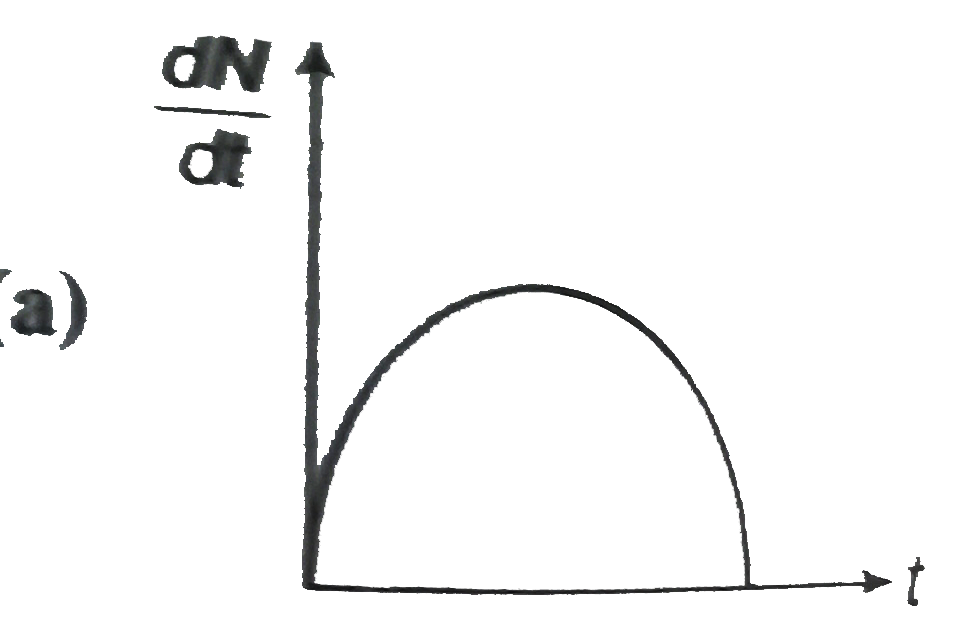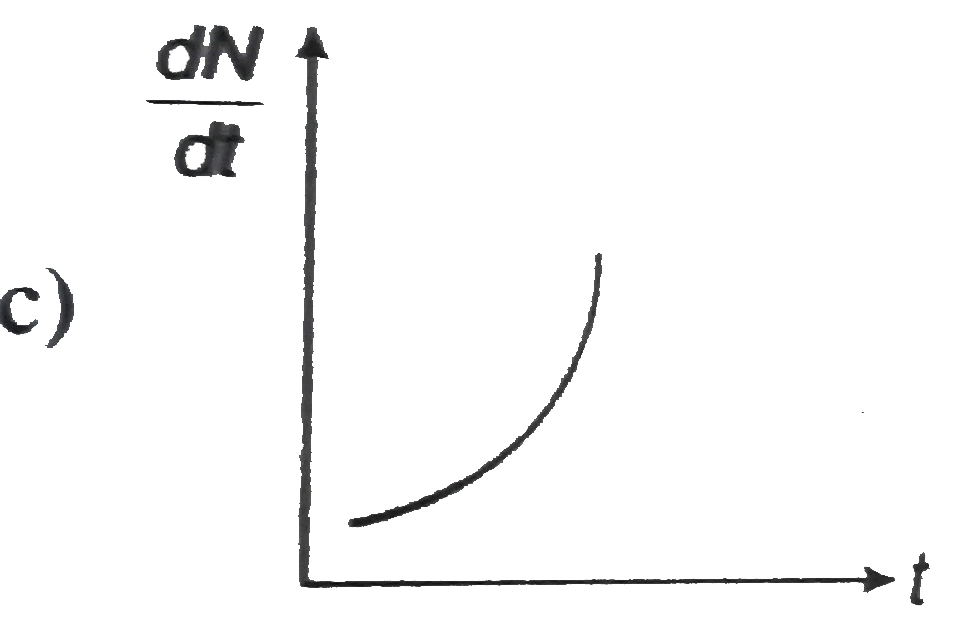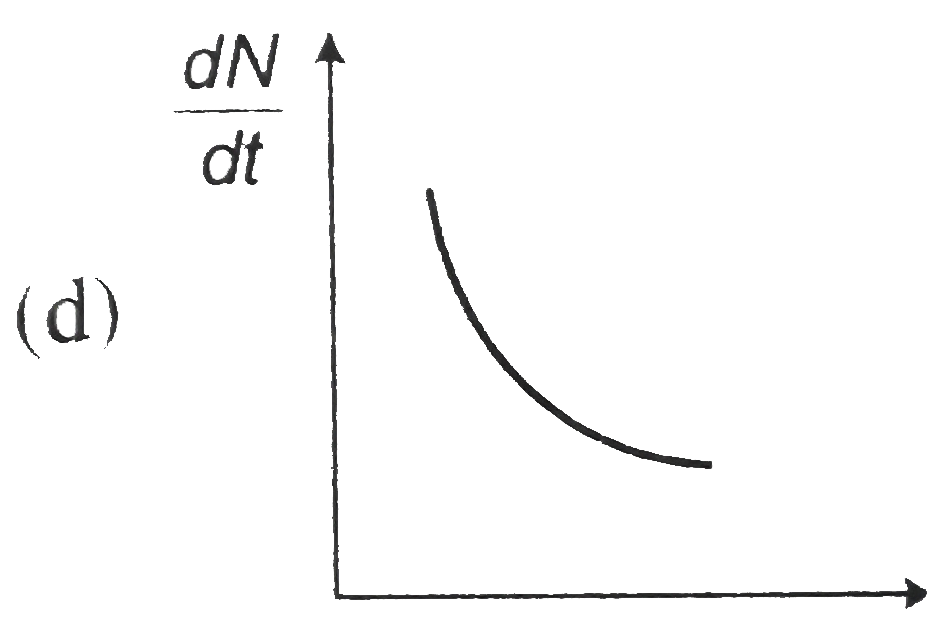A radioactive sample decays to form a stable nuclide. A graph showing variation of rate of disintegration (dNdt) of radioactive sample with time (t) is
A

B

C

D

Text Solution
The correct Answer is:C
|
Updated on:21/07/2023
Topper's Solved these Questions
- BOOK - U-LIKE SERIESCHAPTER - NUCLEIEXERCISE - Long Answer Question-II2videos
NUCLEI
- BOOK - U-LIKE SERIESCHAPTER - MOVING CHARGES AND MAGNETISM EXERCISE - SELF ASSESSMENT TEST (SECTION D)1videos
MOVING CHARGES AND MAGNETISM
- BOOK - U-LIKE SERIESCHAPTER - RAY OPTICS AND OPTICAL INSTRUMENTSEXERCISE - SELF ASSESSMENT TEST (SECTION B)3videos
RAY OPTICS AND OPTICAL INSTRUMENTS
Similar Questions
A radioactive isotope X decays into a stable nucleus Y. Draw graphs showing the variation of rate of formation of Y versus time and the variation of population of Y versus time. Initial population of Y is zero.
View SolutionDraw a graph showing the variation of decay rate (−dNdt) with number (N) of radioactive nuclei.
View Solution
Knowledge Check
- Question 1 - Select One
The rate of disintegration of a radioactive sample can be increased by :-
AChemical reactionBIncreasing the temperatureCIncreasing the pressureDIt is not possible - Question 2 - Select One
Radioactive element decays to form a stable nuclide, then the rate of decay of reactant (dNdt) will vary with time (t) as shown in figure.
A .B
.B .C
.C .D
.D .
. - Question 3 - Select One
The decay constant of a radioactive sample
Adecreases as the atom becomes olderBincreases as the atom becomes olderCis independent of the ageDdependes on the nature of activity
Radioactive element decays to form a stable nuclide, then the rate of decay of reactant (dNdt) will vary with time (t) as shown in figure.
View SolutionDefine decay constant of a radioactive sample.
View Solutionn a sample of radioactive nuclide
View Solution20% radioactive sample decay in time t. How much sample decay in time 2t ?
View Solutionn a sample of radioactive nuclide
View Solution

